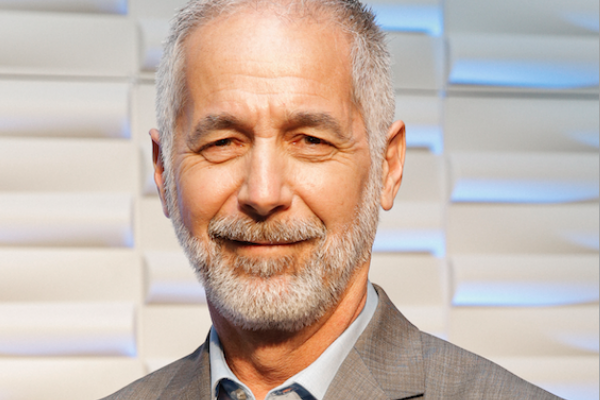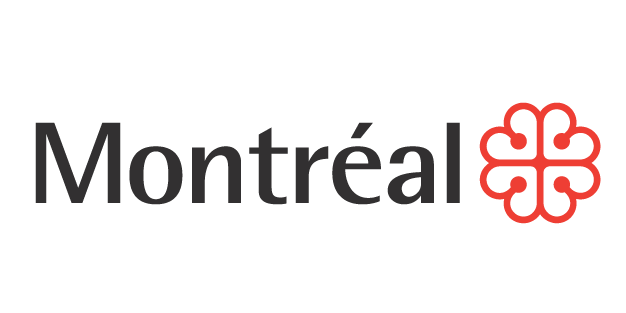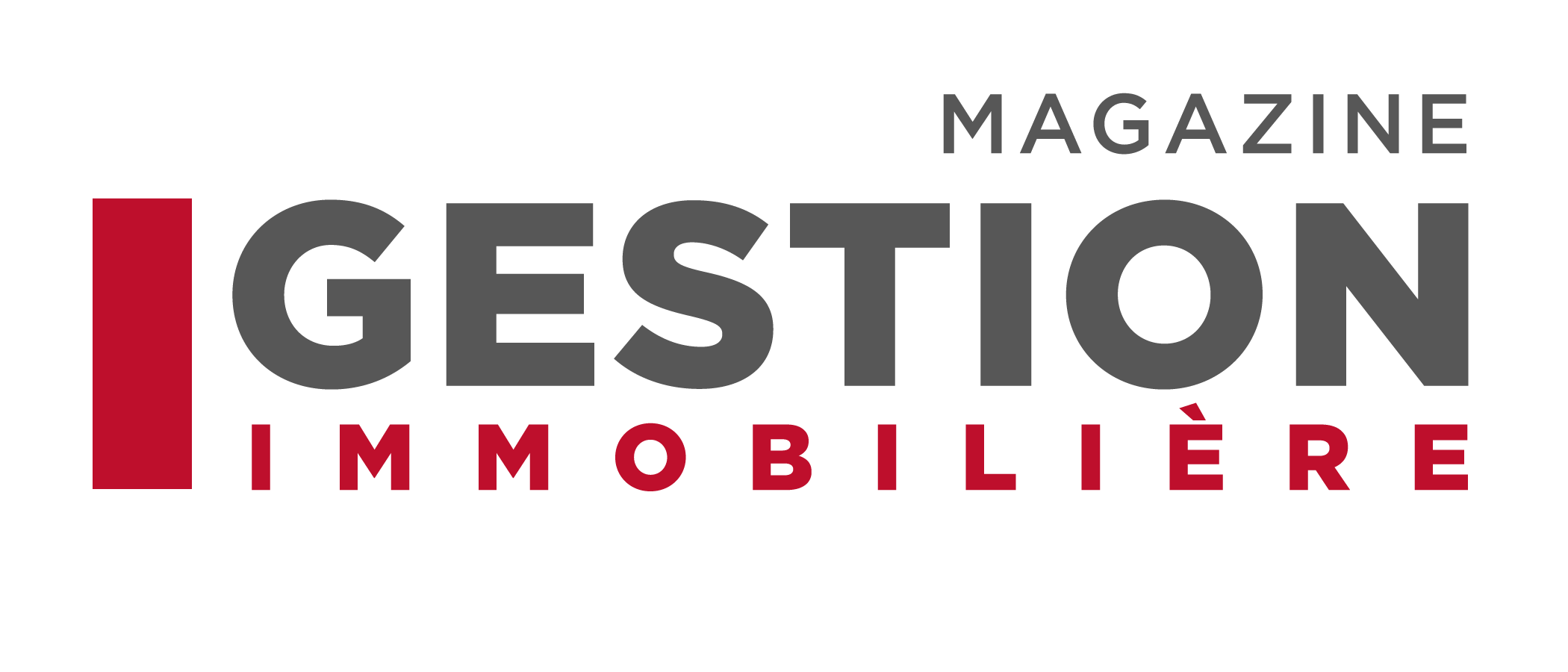Written by the BEC Technical Committee
Rooftop units are widely used in many buildings, and owners are sometimes at a loss when it comes time to installing or replacing them. Moreover, when a breakdown calls for an emergency replacement, the equipment that is available limits the choice of options. It is thus always advisable to plan the replacement of rooftop units as far in advance as possible.
Owners seeking to make informed choices when replacing rooftop units, either to improve energy performance or to ensure better indoor air quality, should therefore ask themselves the following questions.
What are my needs and what constraints do I face?
When replacing a rooftop unit, it is important to verify whether the capacity of the rooftop unit should be reviewed prior to replacement. Any change in how building premises are used (vocation, zoning, etc.) or in the comfort and/or quality requirements of the indoor environment is likely to affect the choice of unit selected.
Even if there has been no change in how the building is used, there is no way of knowing whether the existing unit is the right size for the needs of your building systems. In addition, many constraints will affect selection criteria, such as the availability of natural gas, the ability of the power supply to meet demand or the roof to support the unit.
When in doubt, call on a professional to inform you about the various options that meet the specific needs and constraints of your building systems.
1. What sort of equipment is available?
Manufacturers have developed a wide range of options to better serve a range of applications and budgets. Generally speaking, there are three categories of rooftop units.
| Rooftop Unit | Description |
| Standard | Standards units are simpler, with minimum insulation levels (½”). They are most commonly found in the 3 to 10 ton capacity range. |
| Intermediate | For capacities ranging from 7.5 to 25 tons, manufacturers usually offer additional features and options, from better insulation to modulation of cooling, heating and airflow. |
| Superior | Manufacturers are increasingly offering energy efficiency features in their units as part of the standard package. These products stand out with their superior construction and features. |
2. What options should I consider?
Many choices are available to building owners to help improve the energy performance of rooftop units. For a more durable product, the following characteristics of intermediate and top-level units should be considered:
- 1” minimum insulation
- economizer with an operating range from 0 to 100%
- direct drive fan with variable flow rate
- modulation of cooling by hot gas bypass or variable compressor
- modulation of electric heating by SCR
- gas heating modulation of 10:1 minimum
- filter of MERV-13 or higher
- air-source heat pump
In all cases, selecting quality control equipment and appropriate control strategies will optimize the energy performance of the unit. Some aspects to consider are:
- Being able to control operating schedules
- Ventilation control on demand for outside air supply (presence detector, occupancy schedule, CO2 sensor)
- Adjusting temperature and/or pressure, as needed
- Strategy to minimize heat stress
3. How can I maximize my investment?
a. Total cost of ownership (life cycle)
When purchasing or replacing a rooftop unit, an owner may be tempted to consider only the cost of purchase and installation. Yet the best investment will take into account the total cost of ownership or the life cycle of the unit, i.e. the cost of purchase and installation, along with operating and maintenance costs. In light of the annual savings generated, the additional investment cost of more efficient and sustainable equipment often pays off in the long run.
Commissioning
The only way to ensure that equipment performs in accordance with the requirements of functionality, efficiency, safety and occupant satisfaction is to apply the principles of commissioning. More than a simple start-up, commissioning involves validating the expected performance of the equipment so as to detect failures, if any.
Operation and Maintenance
To avoid increased health and safety risk, higher maintenance costs and unplanned downtime, establish a preventive maintenance program for rooftop units based on the following:
- The manufacturer’s recommendations
- ASHRAE Standard 180-2012: Standard Practice for Inspection and Maintenance of Commercial Building HVAC Systems, Table 5-22: Rooftop Units
Some financial assistance programs offered by Énergir, Hydro-Québec and the Ministry of Energy and Natural Resources (MERN) are available for efficient rooftop units (see chart below). Consult your sales reps and/or your partners for more details.
| Organization | Name of Program | Features |
| Énergir | Construction et rénovation efficaces Diagnostic et mise en œuvre efficaces |
Grant calculated based on savings of natural gas * Rooftop unit energy savings calculator |
| Hydro-Québec | Efficient Solutions Program | Grants available for rooftop units with: – an air-source heat pump – fans with variable frequency drive (VFD) – a heat recovery unit * The OSE financial assistance tool |
| Ministry of Energy and Natural Resources (MERN) | Écoperformance | Grants available for projects to reduce greenhouse gas emissions based on: – analysis – implementation |
Obviously, each question brings with it its own set of factors to consider. Whether it’s for a planned or emergency replacement, the decision tree below and the Guide pour la sélection des unités de toit published by the Réseau énergie et bâtiments might be of help in adopting your specific approach. The guide includes a summary of features to consider when making your choices. A webinar on the guide and the grants available took place on January 20.(https://reseaueb.com/accueil/activites/)








